For today’s post, I’ll guide you through a morning in a grade 1 class, observing them engage in the UFLI program. The teacher was involved in the pilot program when School District 5 introduced UFLI. It was truly enjoyable watching her interact with her students and witnessing how the program operates.
The teacher kicks off her lesson on the carpet with students mimicking sounds and actions related to blended letters. The class explored two different “th” sounds, distinguishing between voiced and unvoiced sounds, as in “that” and “with.” They also practiced the “ch” sound, saying “chicken with a chill, ch, ch, ch,” while tapping their fingers on their arms. This part of her routine isn’t from UFLI but comes from Sound Connections, another literacy program. What I’ve come to discover is that sometimes it’s important to take a little from here and there and blend it together to create a Universal Design for Learning (UDL) environment that works for everyone.
After the activity, students went back to their desks to start Word Work. They used Blending Boards to make short words prompted by the teacher. She began by saying the word “chat.” Students moved letter tiles to create the word. Next, she instructed them to change a letter and make the word “chap.” She continued this process, instructing students to change letters, and occasionally, they would all say the word together out loud.
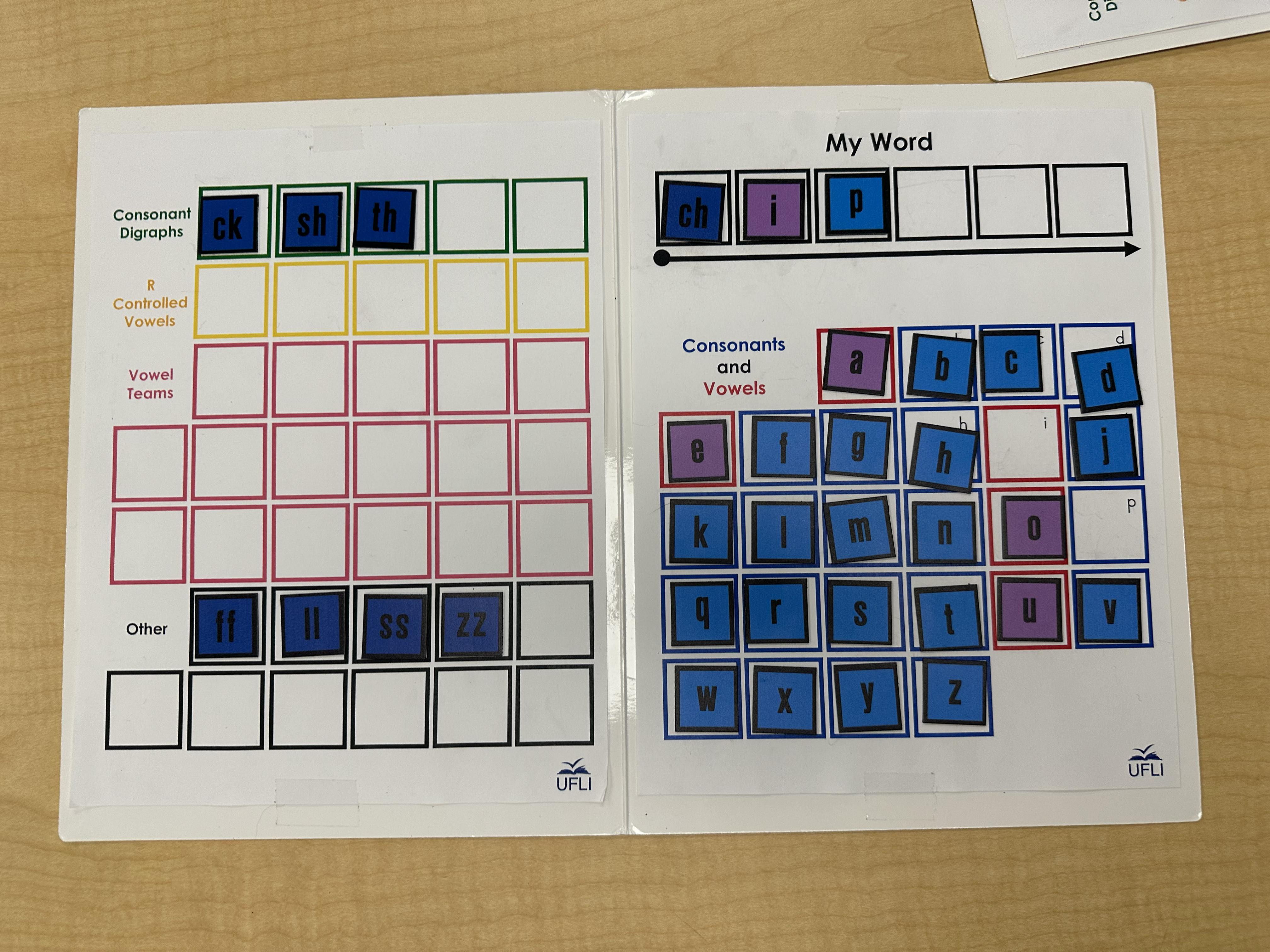
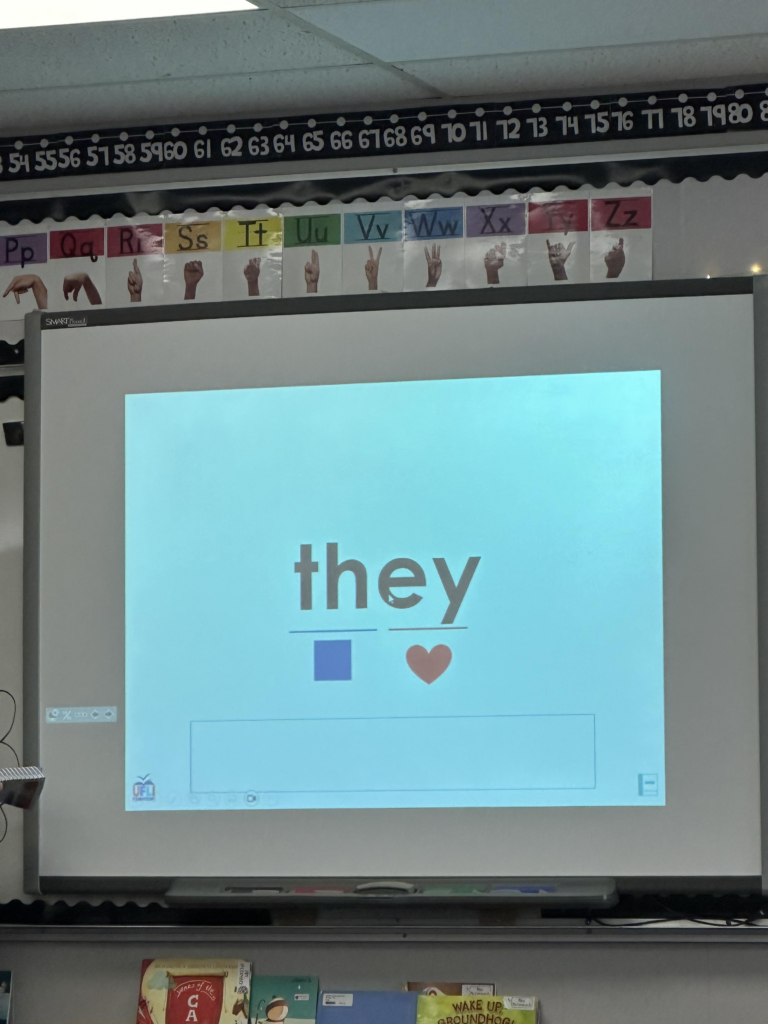
From there, students went back to the carpet and practiced Irregular Words and Songs. The songs that the teacher use are from another program, Heidisongs, but this style of learning reaches some students and differently and helps them learn these difficult words. For the Irregular Words, the box represents regular sounds that “make sense”, and the heart represents sounds they need to learn by heart because they don’t follow regular grammar concepts.
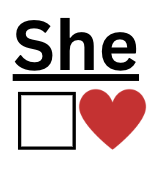
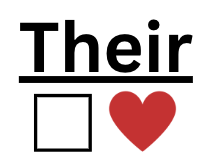
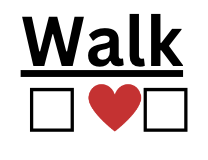
Back to their desks they went and began practicing writing words on a whiteboard. They wrote: so, their, the, are, you, walk, and talk.
Today, I picked up a new term: Schwa. These are like easygoing words, where people tend to get more laid-back when saying them.
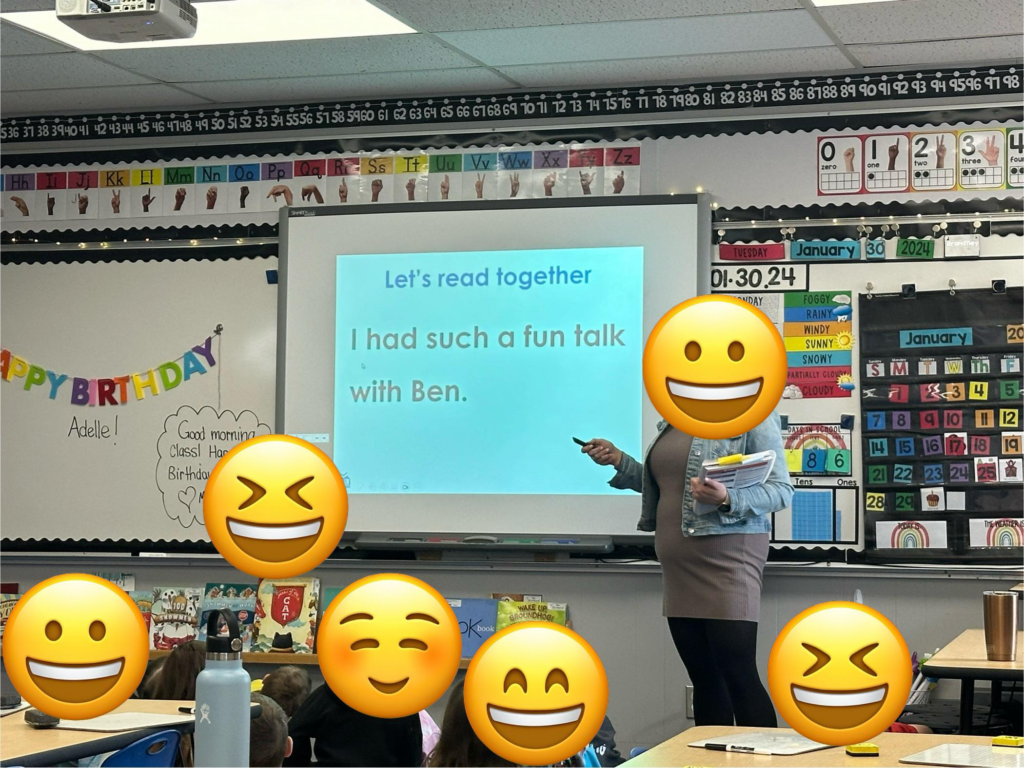
After, the students returned to the carpet and read short sentences together.
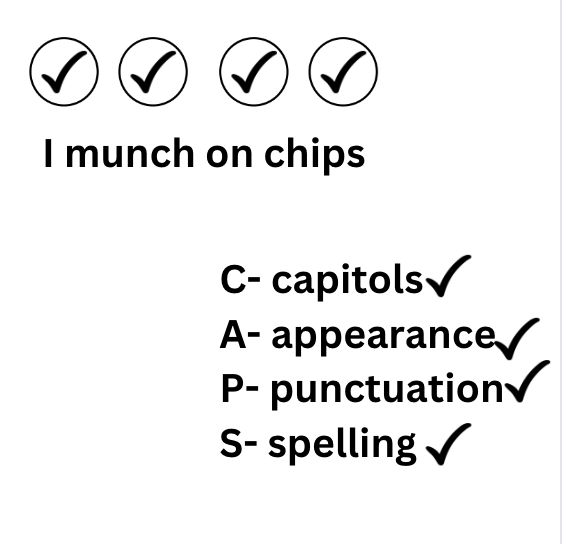
Due to the program’s repetition, students were familiar with what to do and how to set up their whiteboards for spelling practice together. The teacher says a sentence, and the students repeat it, counting the words. They draw circles to check off each word as they finish it. Afterward, they use CAP to review and check their sentence.
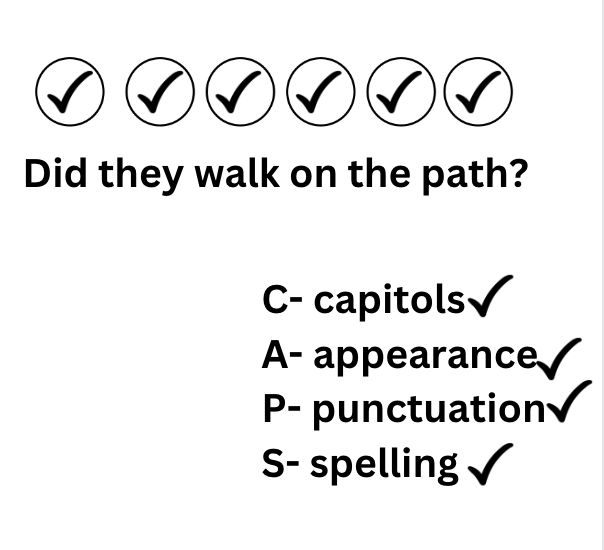
Next, the students head back to the carpet and practice reading a short story together. They take turns reading sentences, and then they read the whole thing as a group. After finishing this, the teacher selects three “Rocking Readers” – students who put in extra effort during this part of the lesson. Each chosen student gets to pick a pencil from a drawer filled with cool pencils.
Finally, students went into predetermined literacy groups. There they played literacy games to help strengthen their knowledge on what they just learned. They played games like rolling a die and saying the word the matches the number. There was also a snakes and ladders type game where they read words aloud. The teacher has a group and practices sections where she could see the students were struggling.
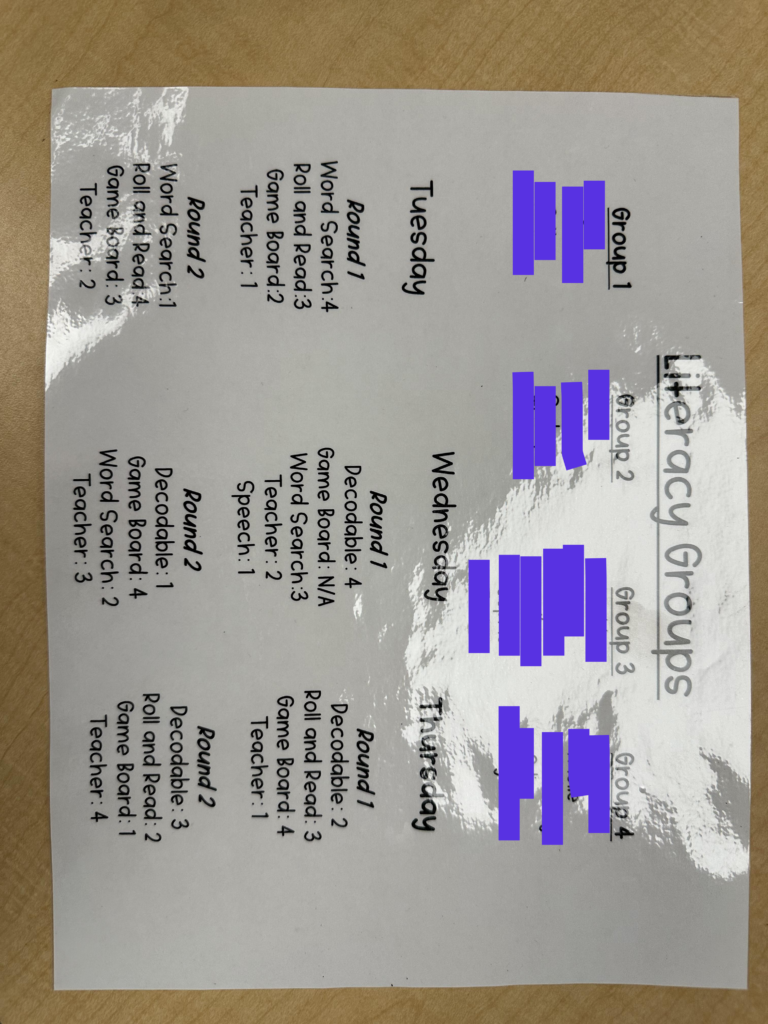
Every Friday, the teacher conducts a UFLI check-in. As shown below, this is what a typical check-in looks like. It helps the teacher assess where each student is, identifying areas they may need extra work or where students may be excelling.
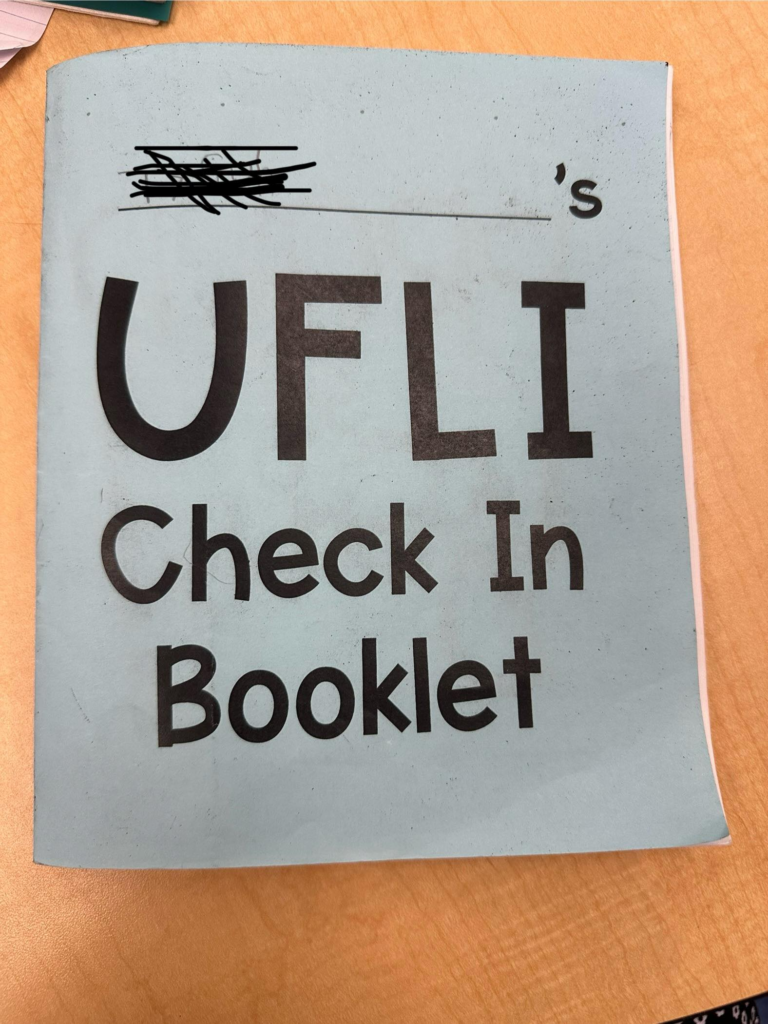
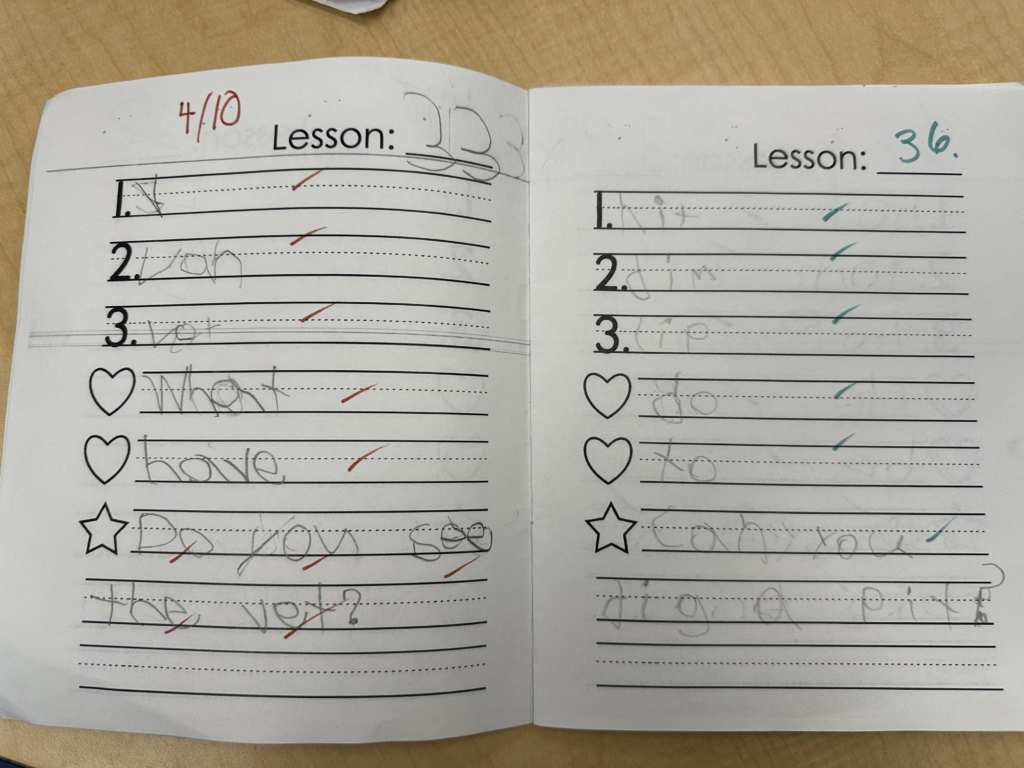
Leave a Reply
You must be logged in to post a comment.